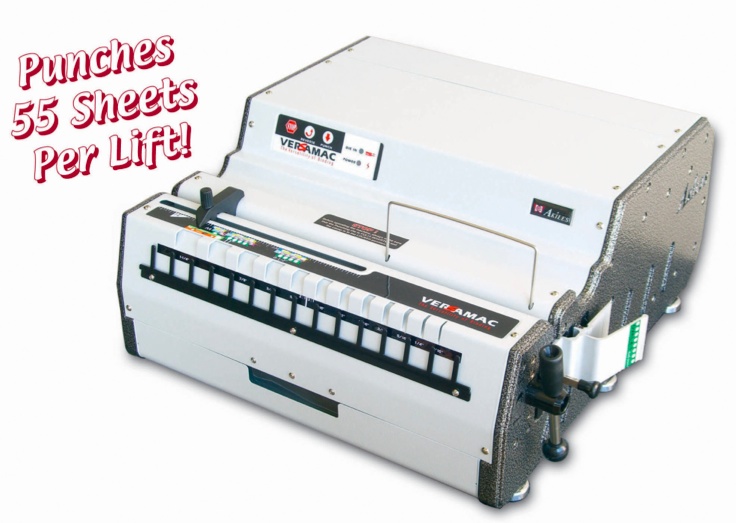A comb binding machine is one of the easiest, most economical ways to finish a document. Ever get that great document handed to you in
Continue readingAuthor: Garry Jones
Direct Mail Makes A Comeback With Help of UV Coating Systems
UV Coating Systems are helping make direct mail production affordable again. Add UV Coating to new postal office rates, you can get back into the
Continue readingCoil Binding Demonstration
As we have discussed over the past few weeks, coil binding is an effective way to market as presentation material or proposals. Llloyds of Indiana
Continue readingOur Binding Machines: Always Sized to Suit Your Specific Needs
The different methods depending on if you use comb, coil, wire or unibind, can be a manual or electric punch for heavier projects. Below is
Continue readingBinding Machine Methods: Your Reference Primer
With all of the various binding methods available to you, how do you know which one works best for you? Today we are going to
Continue reading
Bringing Your Binding In-House? Four Things to Consider including a Rhin-O-Tuff or Akiles Versamac
Once you’ve made the decision to move your binding operations in-house, the next step is making the capital investment in a binding machine. How do
Continue readingBinding Report Covers on Sale for 1 Week at Lloyds of Indiana
If you need to replenish your binding report covers, Lloyds of Indiana is running a one week sale. They are giving 20 % off any
Continue readingHow does a binding machine support your sales cycle?
A binding machine plays an important part in your sales cycle. Successful sales organizations have a well-defined sales cycle from prospecting to close. Have you
Continue readingPouch Laminators and Pouch Laminating Supplies
Pouch Laminators and Laminating Pouches With trending demands for pouch laminators, pouch laminating equipment and pouch laminating supplies (laminating pouches) on the rise, finding the
Continue readingTypes and Colors of Coil Binding Supplies
Types of Coil Binding Supplies Coil binding supplies range in different types of pitches, such as 4:1 or 5:1, diameters (usually, around 6mm – 50mm
Continue reading